Hydroponics is a method of growing plants in a water-based and nutrient-rich solution. The hydroponics method that differentiates from traditional gardening is that, hydroponics does not use soil instead the root system is supported using inner growing medium. Examples of these grow mediums include clay pellets, rock, wool perlite, vermiculite, coconut fibre, grow stones and lava rocks.
Hydroponics method has been used for producing vegetables (tomatoes, lettuce and cucumbers) as well as crops such as herbs, roses, freesia and foliage plants.
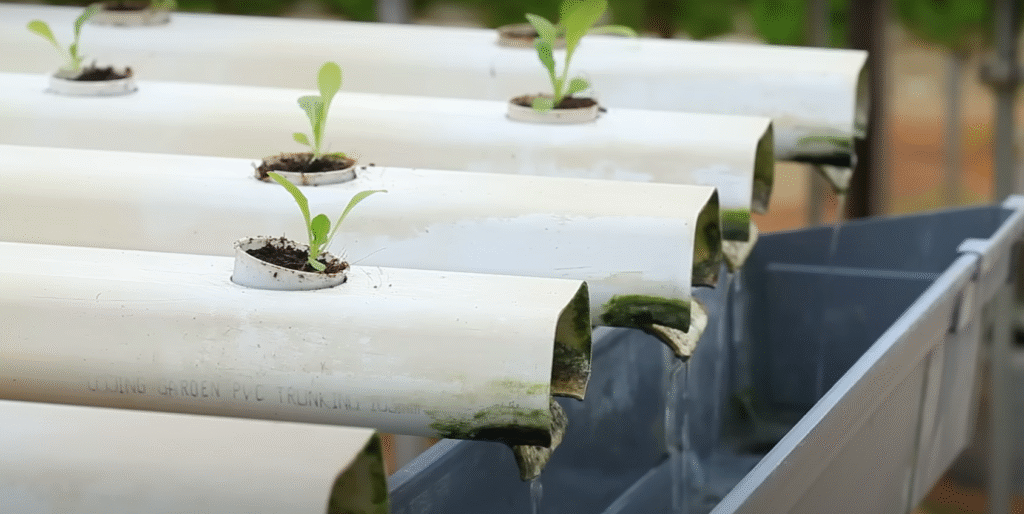
Types of Hydroponics System
Wick System:
This is the simplest hydroponic method, which uses wick to draw nutrient from reservoir to plant roots. This is the passive system, where there is no need of electricity and pump.
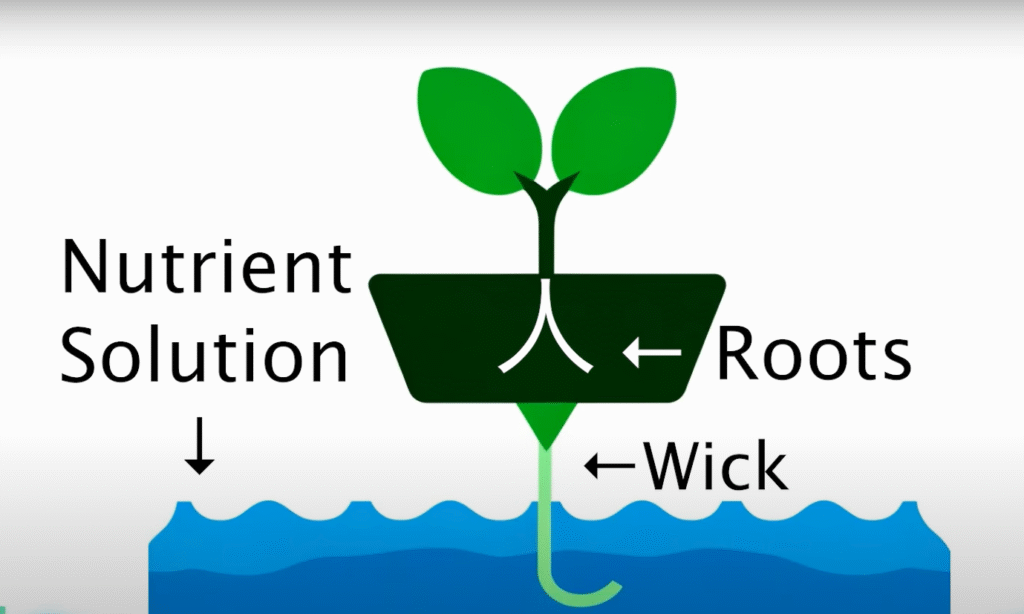
Drip System
In this drip system, nutrient rich water is delivered to plants via drippers. The water can be recirculating or non-recirculating. This type of system is suitable for wide variety of crops.
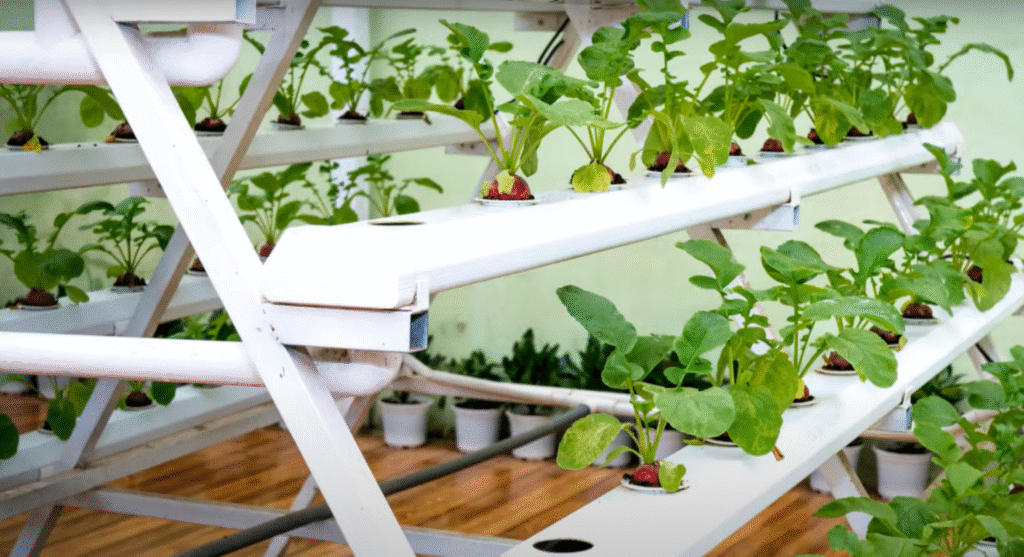
Ebb and Flow System
In Ebb and Flow system, plants roots are temporarily flooded with nutrient-rich solution, then drained back with reservoir using timer controlled pump.
Roots get both nutrients and oxygen alternatively. This method is good for medium sized plants.
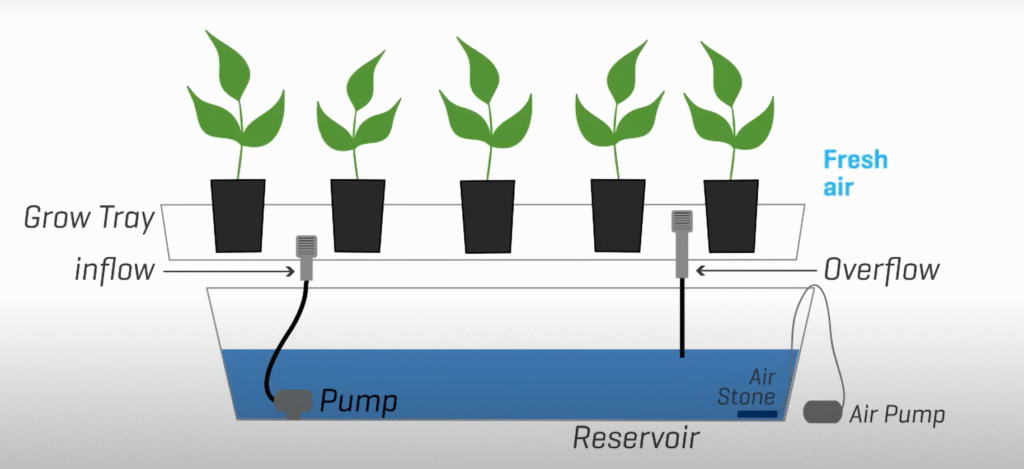
Deep Water Culture:
In this method, plant roots are suspended in nutrient rich, oxygenated solution where air pump provide oxygen via air stones. This method is ideal for leafy green vegetables and herbs.
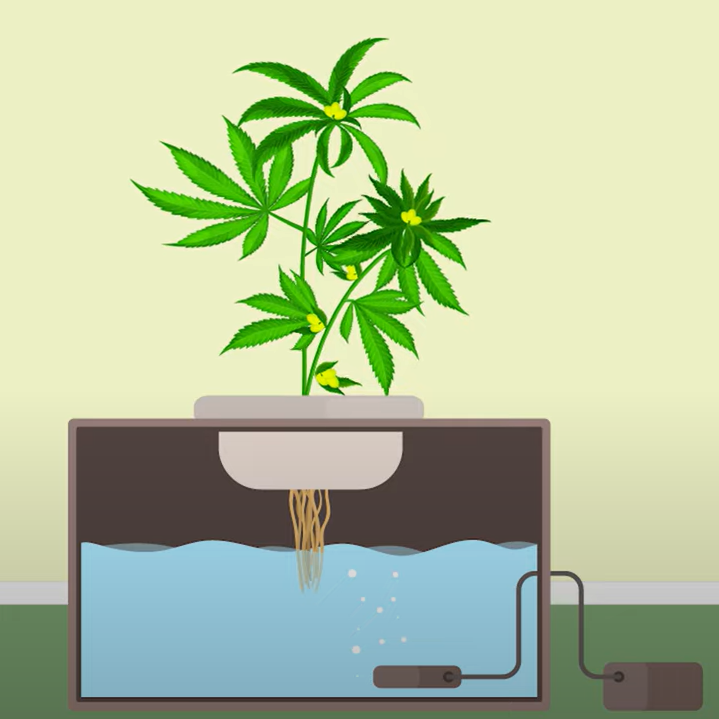
Nutrient Film Technique:
A nutrient solution continuously flows over the plant inside slightly sloped channel where roots get nutrients & oxygen from flowing film and air.
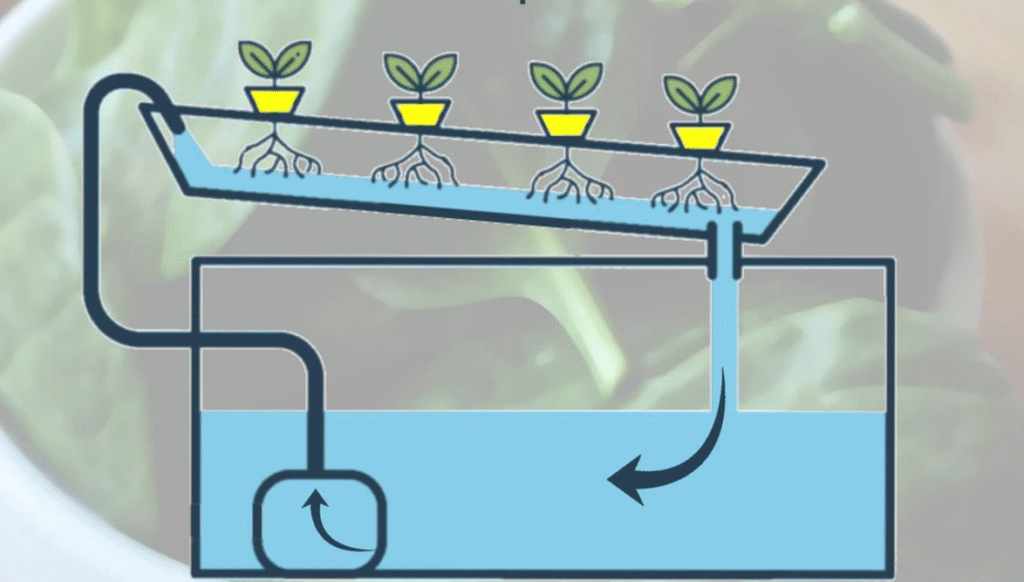
Aeroponics:
In this method, roots are suspended in air and spray of nutrient solution is done at regular interval. This method offers very rapid plant growth and high yield.
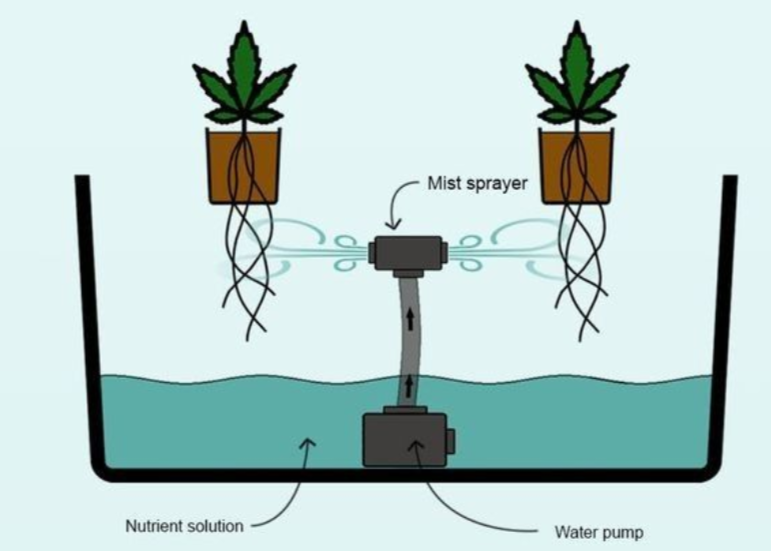
Advantages of Hydroponics:
- It can be used where gardening is not possible.
- Complete control on nutrient, pH and growing environment.
- Higher crop yield.
- No weeding and cultivation required.
- Reduction of soil related insects, fungi and bacteria.
- Crop rotation is not required.
- Up to 90% less water is required.
Disadvantages of Hydroponics:
- Skilled labors required.
- Higher initial and operational cost.
- Some water born diseases can spread rapidly.
- Nutrient based formulated solution must be used based on the crops.
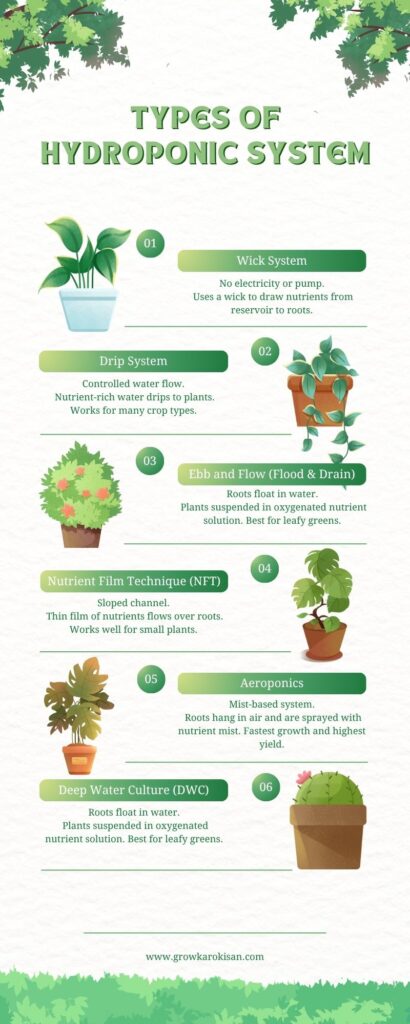
Conclusion:
Modern and efficient alternative to traditional soilless farming – Hydroponics. It allows plant for faster growth, higher yield and reduce water consumption. There are different hydroponic system based on crop type, available space and resources such as wick system, aeroponics, deep water culture, nutrient film technique. As demand is increasing and agricultural land remains the same in fact fertility it is decreasing, the best alternative for this is hydroponics.